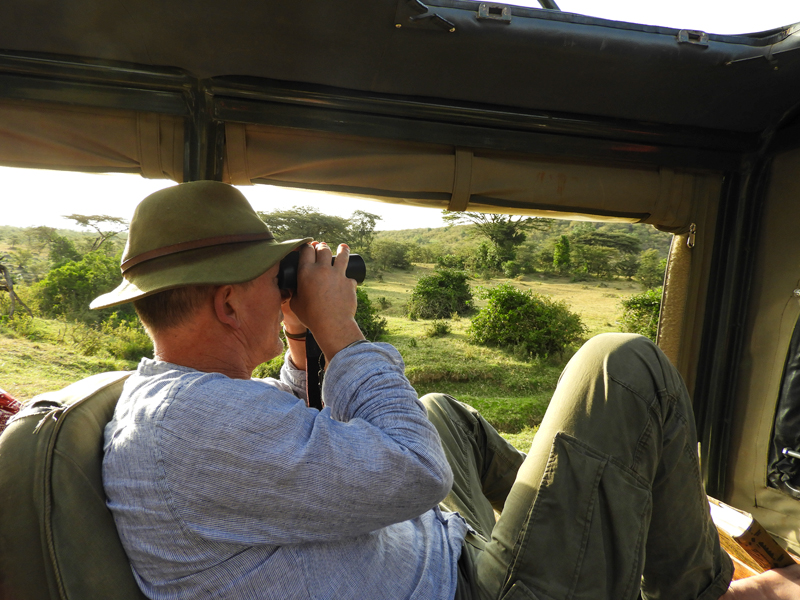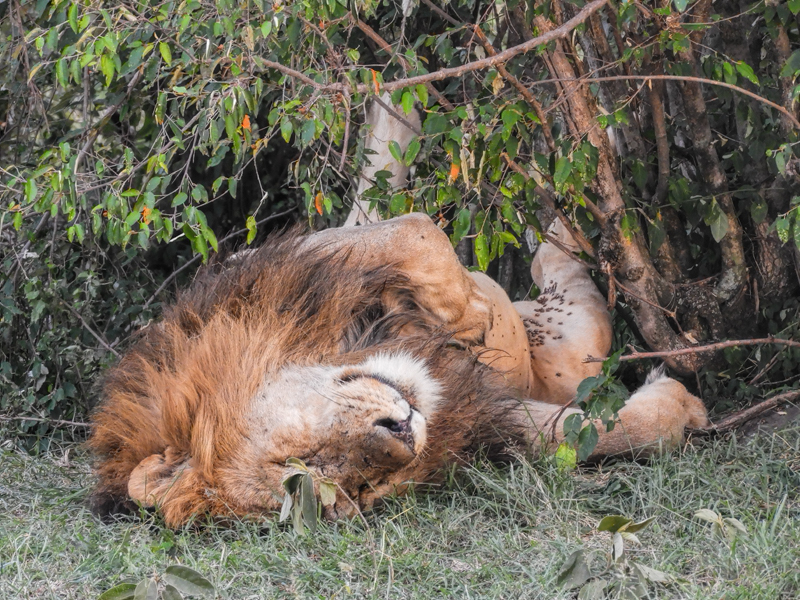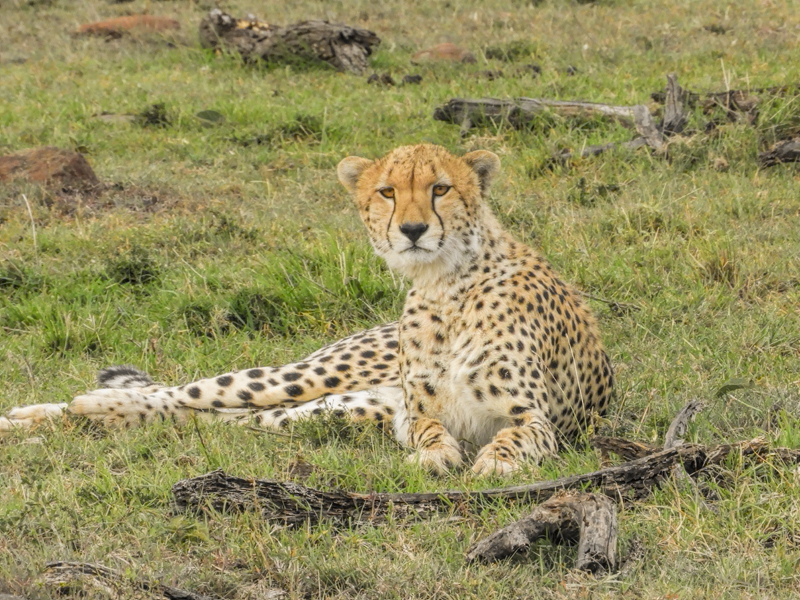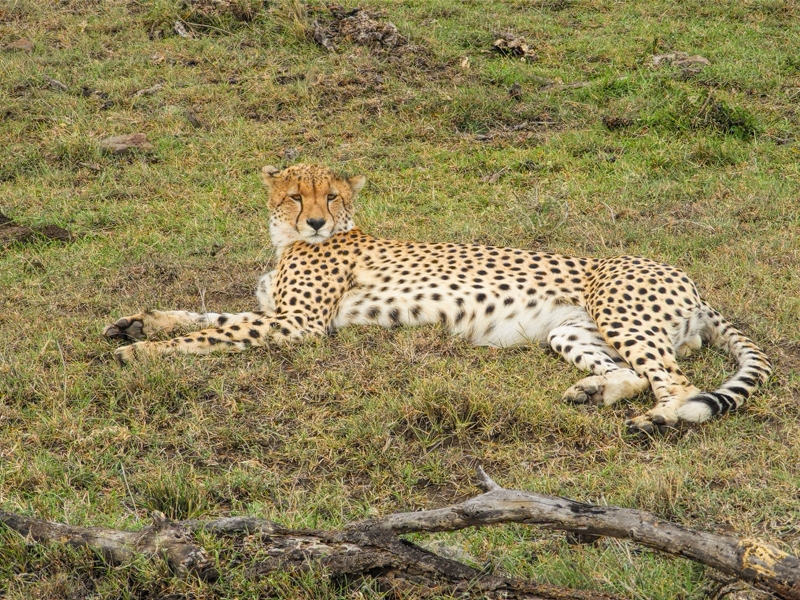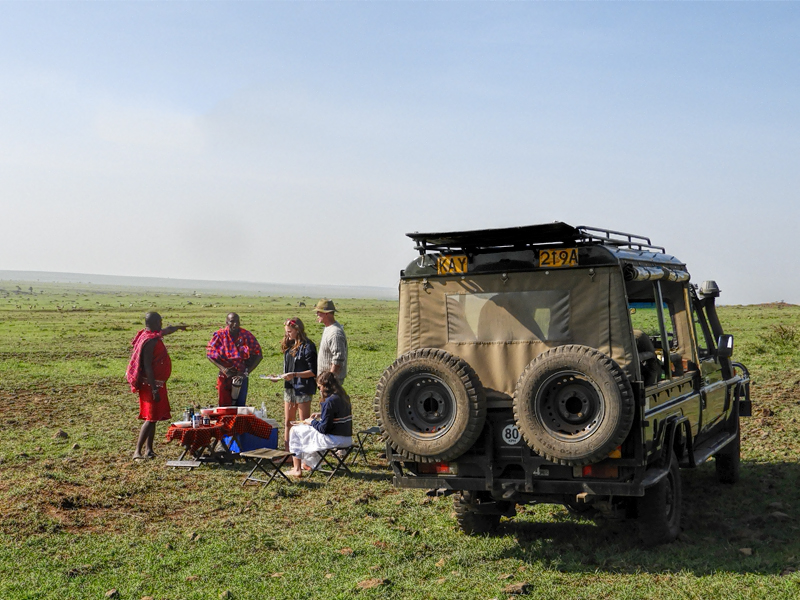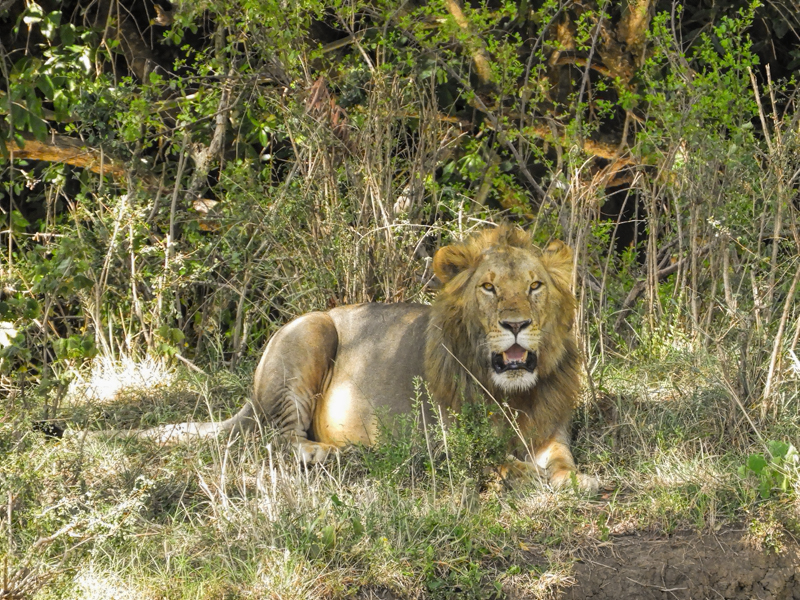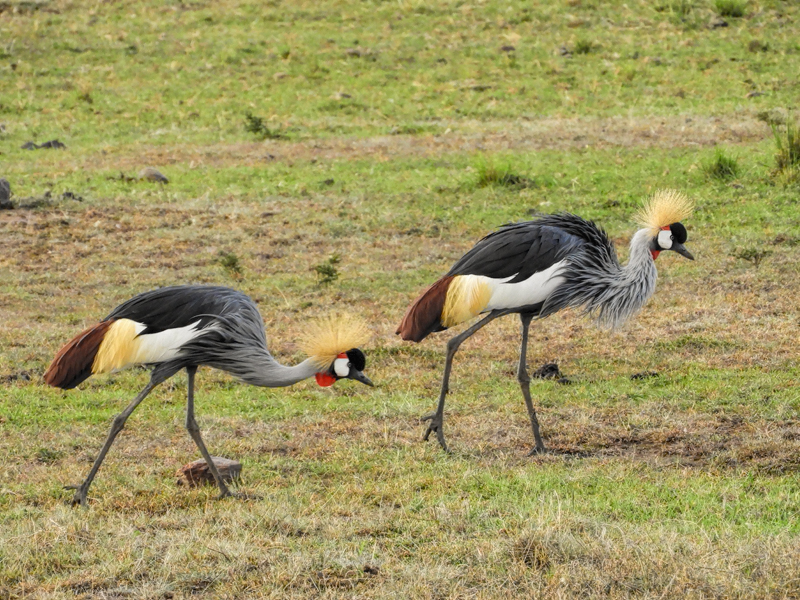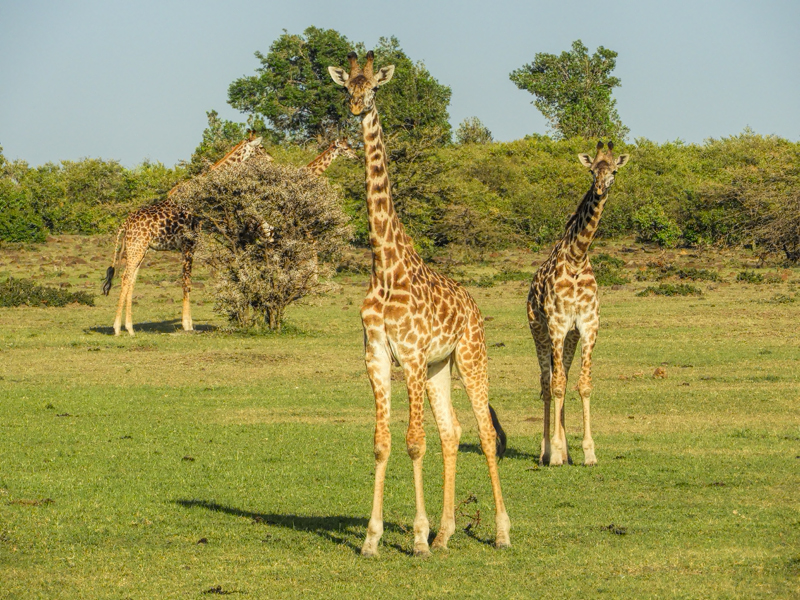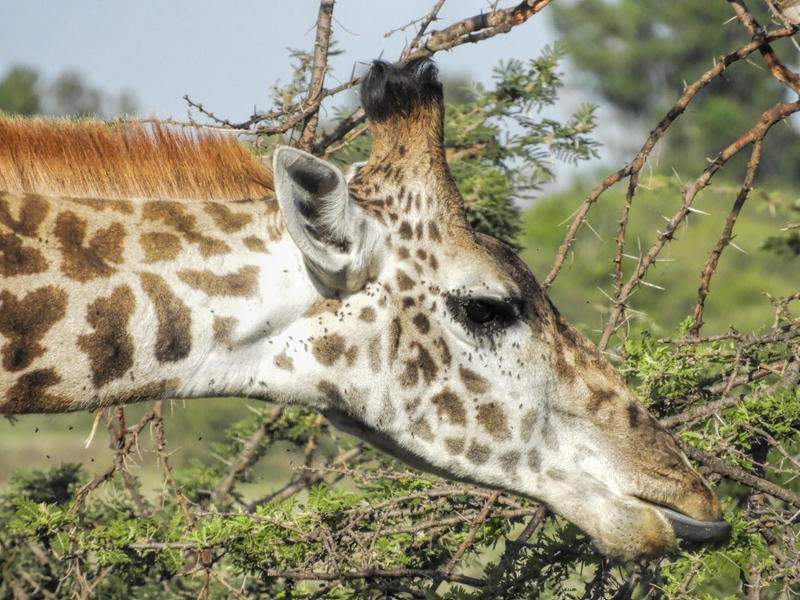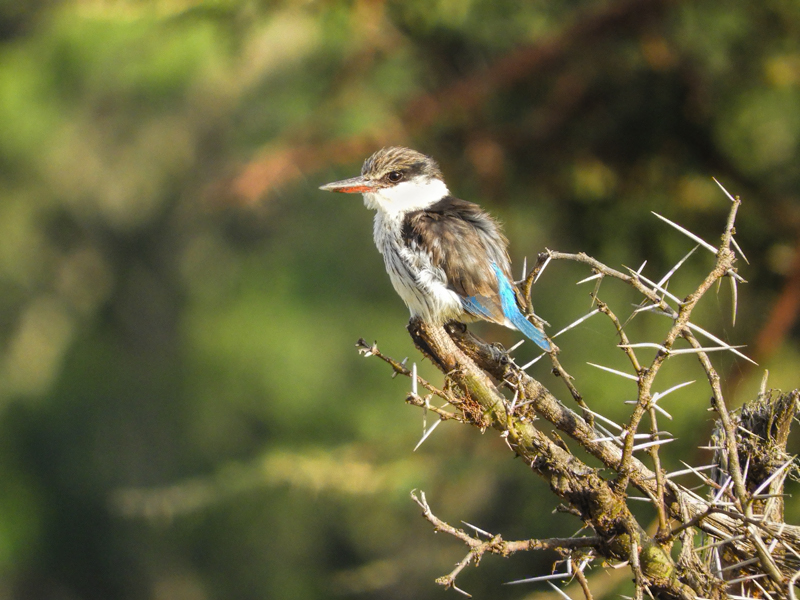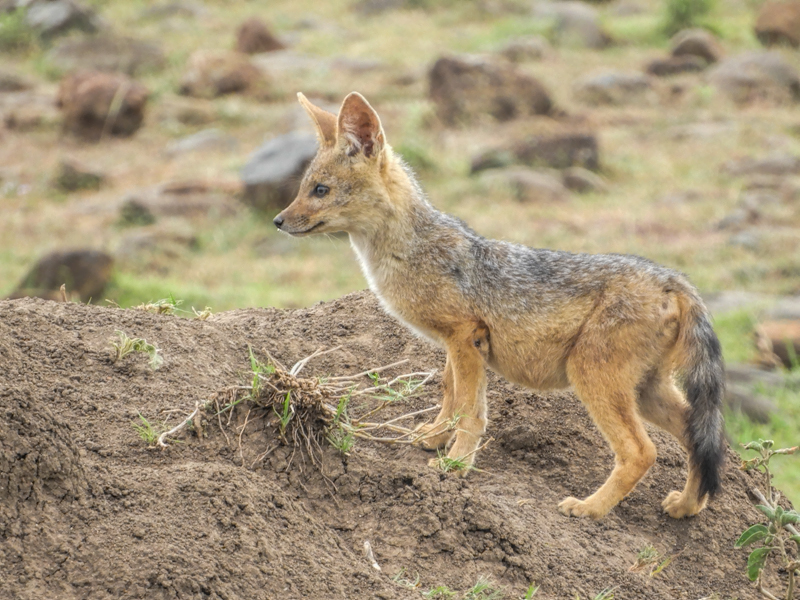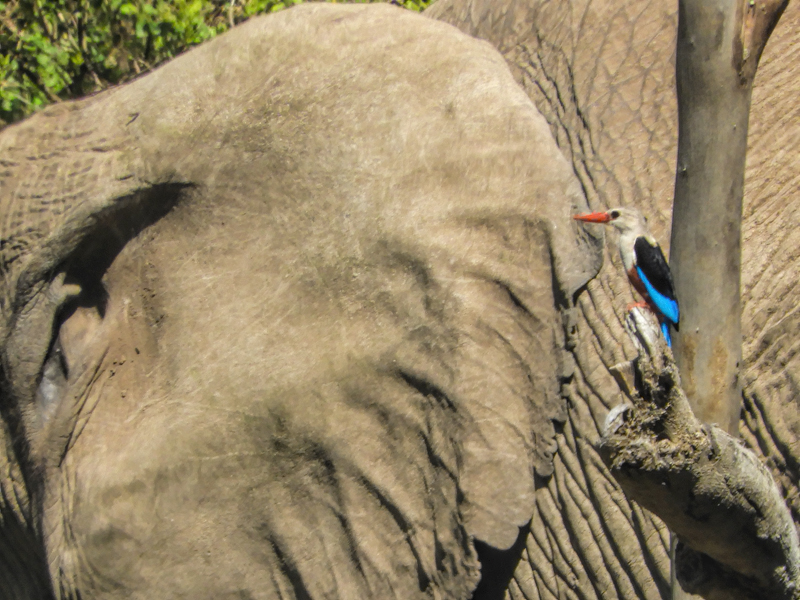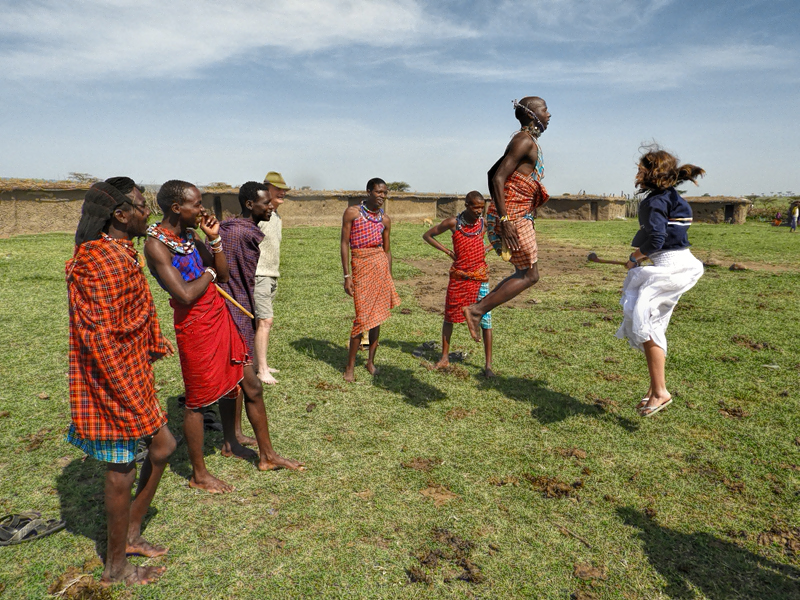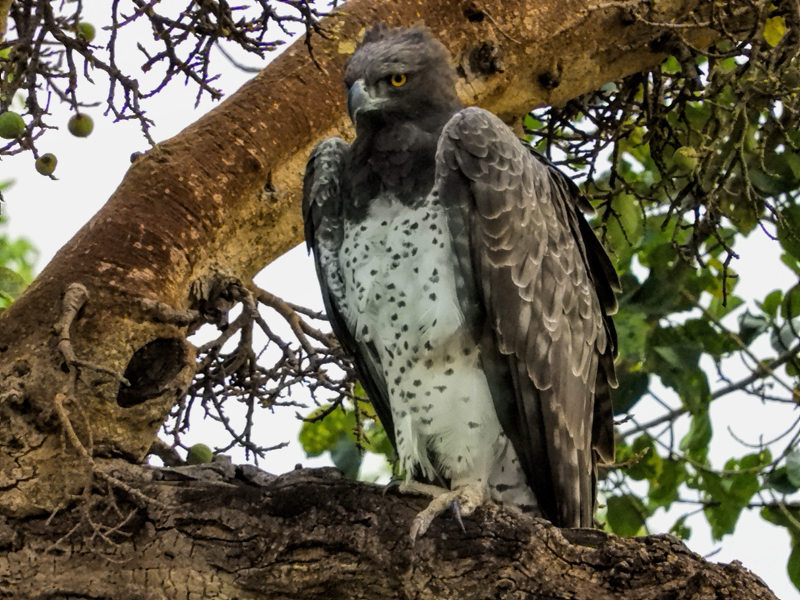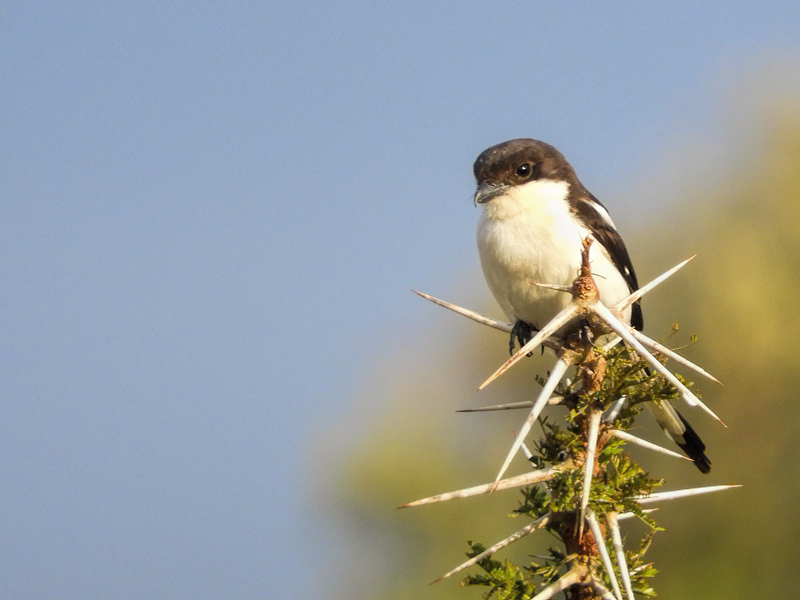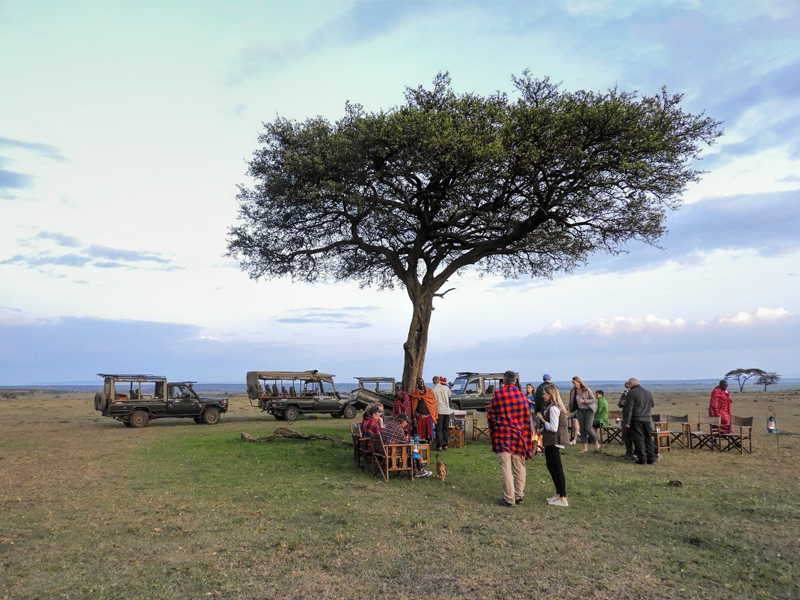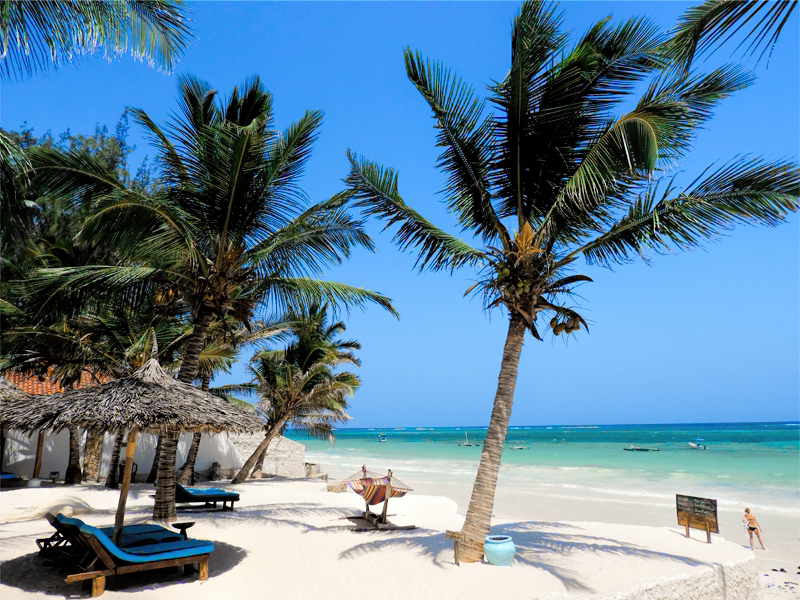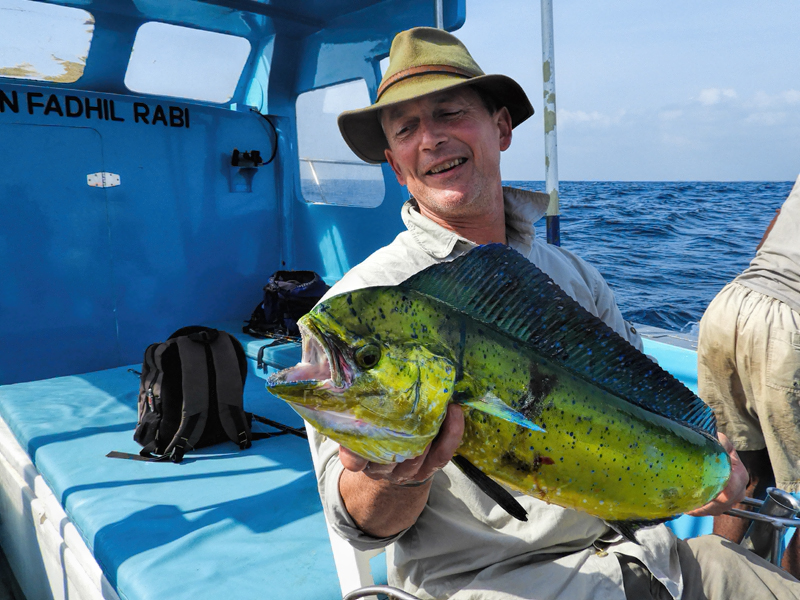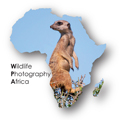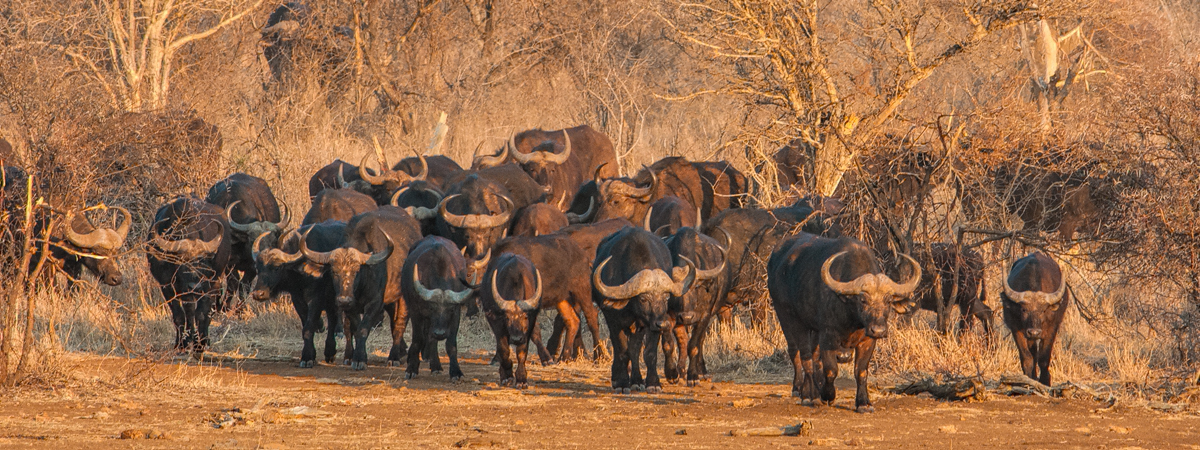Family Safaris
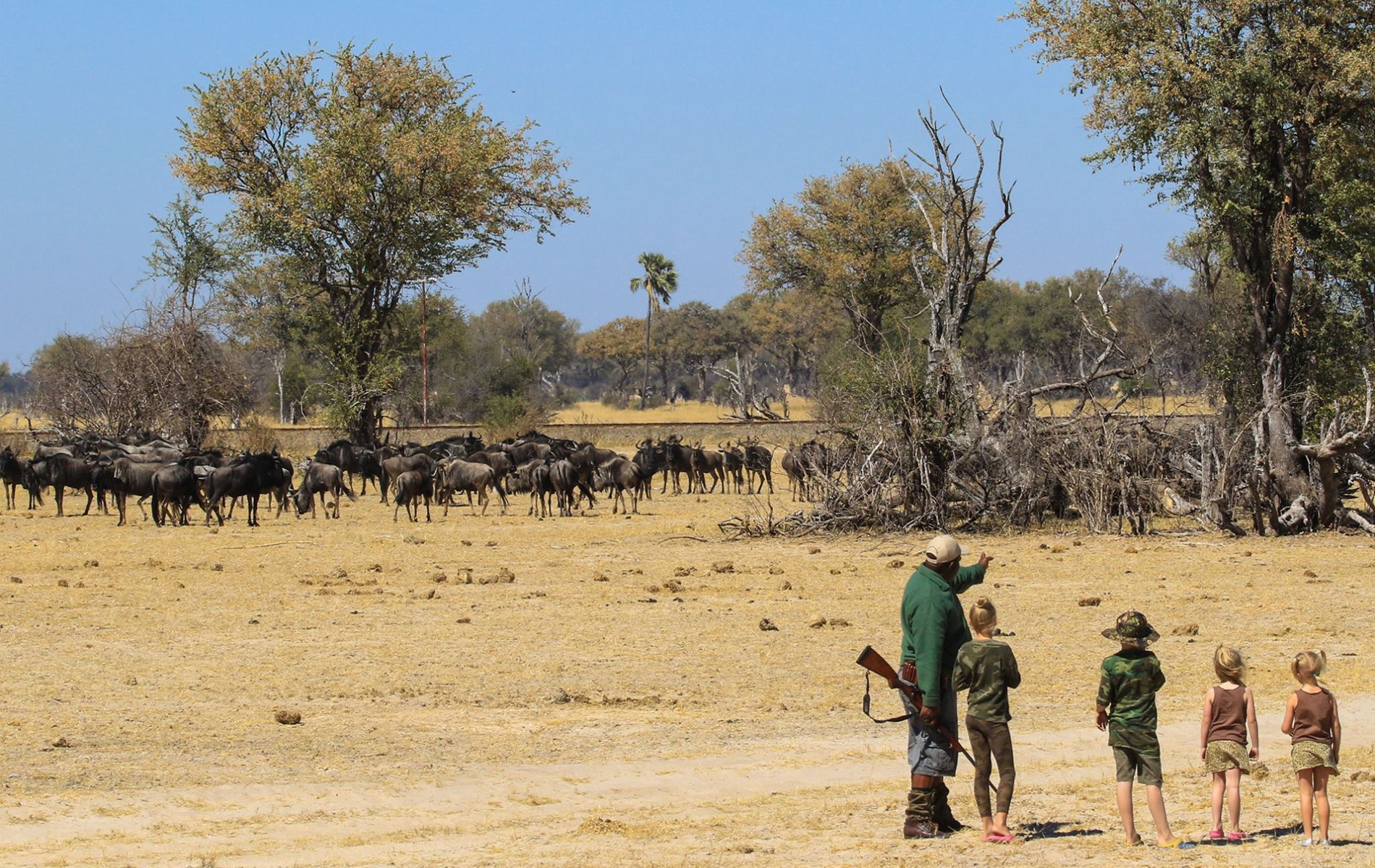
Planning a family safari
The key to any family holiday is keeping the children happy. The best way to achieve that is to keep them interested and engaged. So whilst adults may be perfectly happy to go on a safari that focuses exclusively on wildlife, that won’t work with kids.
A good family safari needs balance, so the time spent game driving should be interspersed with plenty of other activities.
We have dedicated a lot of effort towards choosing the right partners in each destination, to ensure that not only can they deliver a fantastic wildlife viewing experience but that they can also deliver the variety of activities and experiences to keep children of all ages enthralled.
Tracking, bow making, hiking, cycling, horse riding, camel riding, canoeing, rafting, making fire, toasting marshmallows on a fire under the stars, sailing, snorkelling, school visits, visiting craft markets are just some of the activities we organise; not forgetting the ever popular afternoons by the swimming pool and days on the beach.
Which is the best destination in Africa for a family safari?
That’s a tough question. There are several destinations that have all the right ingredients for a great family holiday.
Kenya, Tanzania, Zimbabwe, South Africa and Zambia & Malawi are all countries that will deliver memorable experiences for all ages.
What do you need to consider?
Health issues, in particular malaria. Not such an issue for teenagers, but getting younger children to take tablets is not ideal, so choosing somewhere that is malaria free can be a good idea.
Where to go when?
Being limited to travelling during the school holidays does mean that there will be some destinations that simply don’t fit in, but the destinations we are recommending will all work well in one or more of the school breaks.
What will it cost?
Of course, for many people, this is the key question. Going on safari is not going to be the cheapest family holiday but it can most definitely be affordable.
A big factor in this will be the accommodation you choose. Needless to say, the more you pay, the better it gets, but we have found that there is something to suit just about every budget and that being more expensive does not necessarily mean that a lodge is better suited to families with children.
Accommodation inside a National Park or game reserve will almost always be more costly than accommodation outside, you pay extra for the location. Having said that, there is some terrific accommodation to be found just outside the National Parks which can bring down the costs of your safari quite significantly and the driving time to get into the park is often only 10 or 15 minutes.
Rest assured; we will not suggest any accommodation that we would not be happy to stay at ourselves.
The other factors that have a big impact on costs are Park fees and transport costs.
In Kenya and Tanzania, the fees to enter game reserves are pretty steep, whilst in South Africa, Zimbabwe & Zambia they are much less.
Top Tip
In most cases when you go on game drives, unless you pay an additional cost, you will be expected to share your game vehicle with other guests at the camp/lodge. The flexibility of having exclusive use of a game vehicle is a real bonus as it gives you much more control over how each game drive is conducted.
If you are a party of 6 people you will usually be allocated a vehicle to yourselves.
Why not invite the grandparents to join you, or a family of friends with children of similar ages?
Less is more
Although it can be tempting to try and include several parks and reserves in your safari it is better not to. Travelling between reserves not only puts up the cost, whether you are travelling by road or by air, but it is also time that you won’t be game viewing or doing anything else either. Your time will be far better spent staying longer in each place you visit.
That is quite apart from the hassle of having to pack and unpack your bags every time you change location.
Guest Gallery .. Andrew Paul .. Kenya, December 2017
